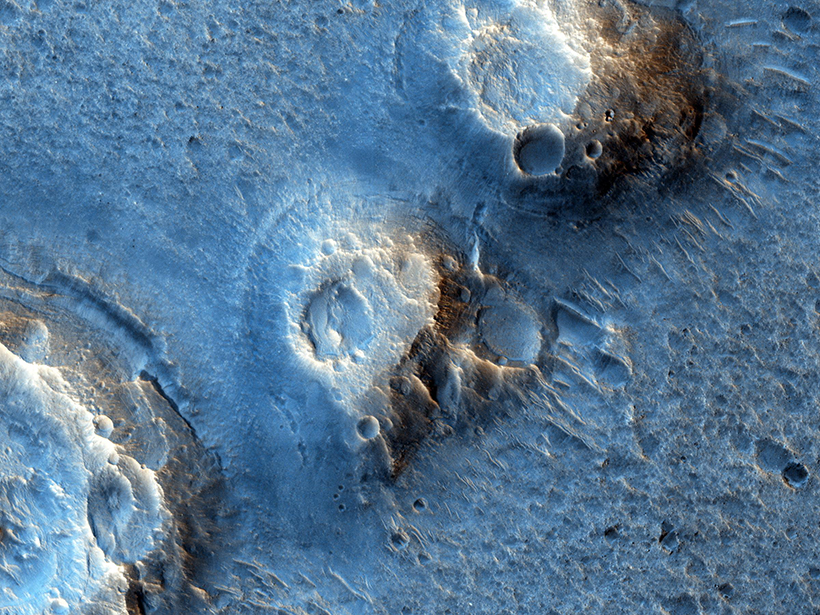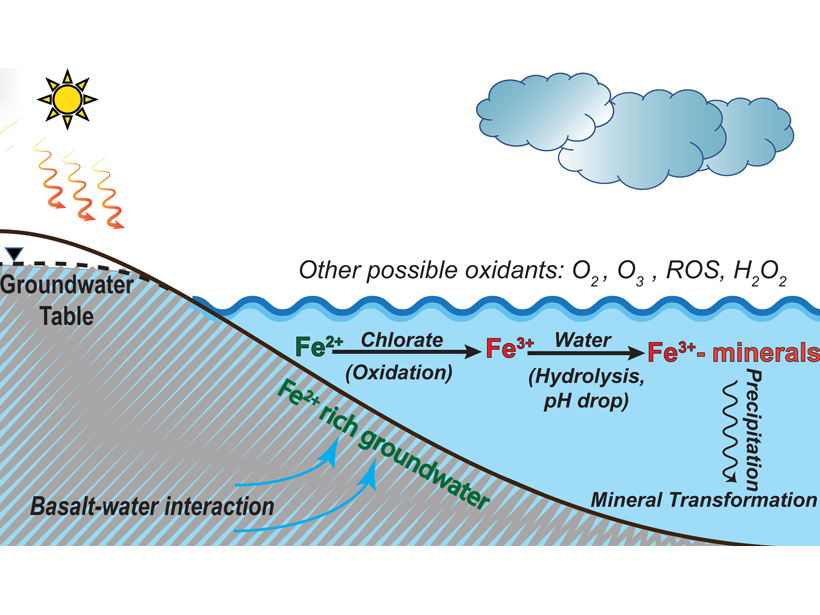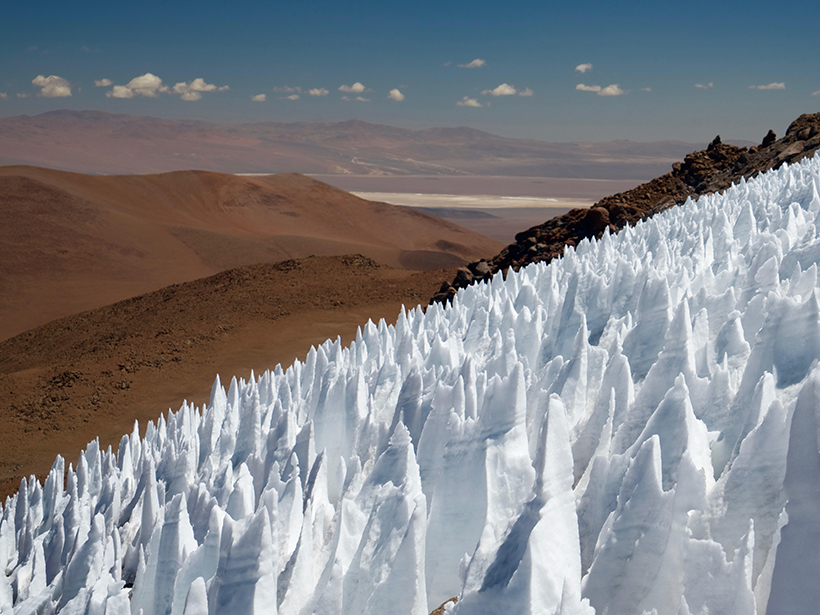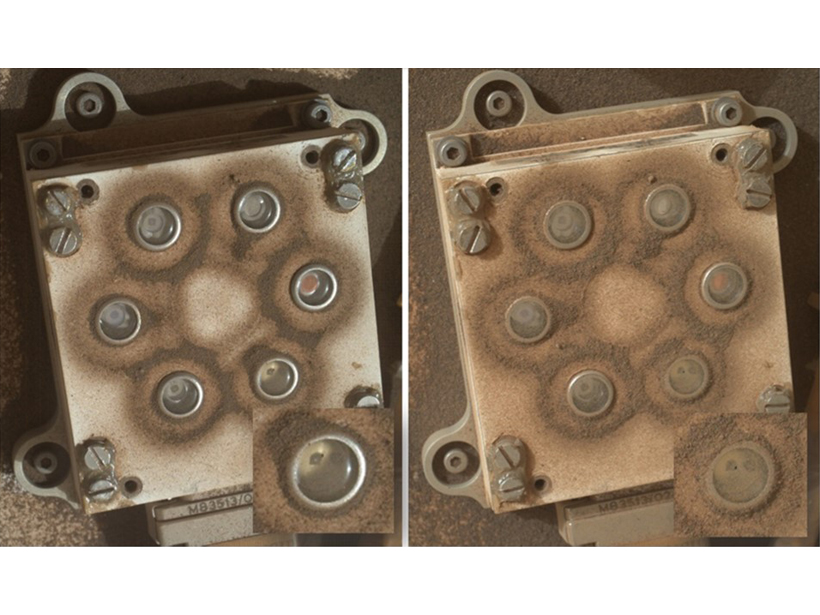New research shows how fast the sands shift on the Red Planet and how useful imagery from different orbiting cameras can be in studies of Mars’s dunes.
Mars
How Scientists Search for Martian Methane
Finding subsurface reserves of methane on Mars could revolutionize human space travel, but it won’t be an easy hunt.
A Modern Manual for Marsquake Monitoring
Thanks to some extraordinary engineering, the InSight mission has led the new field of Martian seismology to the development of a new planetary magnitude scale in less than a year.
Why Is the Red Planet Red? Chlorate May Oxidize Mars’ Surface
Laboratory experiments and geochemical model suggest that chlorate is very effective to oxidize reducing iron to reddish iron oxides on Mars when liquid water was present on the surface.
Curiosity Rover Reveals Oxygen Mystery in Martian Atmosphere
An air-sampling study has captured long-term trends in the concentrations of five key atmospheric gases for the first time.
Explaining the Missing Energy in Mars’s Electrons
Electrons energized and trapped at Mars were thought to lose energy inside the planet’s magnetosheath, but new research suggests a different explanation of spacecraft data.
How Do Submarine and Terrestrial Canyons Compare?
Insights from a new study could spark discoveries about Martian landscapes and also help researchers get to the bottom of canyon formation here on Earth.
Microbes Spotted on Blades of Ice High in the Andes
Researchers discover microbial life on ice spires known as penitentes on the arid, sunlight-blasted upper reaches of Llullaillaco, one of the best earthly analogues for Mars.
Curiosity Monitors Rare Global Dust Storm From Mars’s Surface
Since the 1970s, no surface platform had made meteorological measurements of a global dust storm on Mars, but last summer NASA’s Curiosity rover witnessed one of these rare events.
Lomonosov: The Crater That Started a Martian Mega Tsunami
Three billion years ago, on Mars, the shores of an ocean may have been flooded by a mega-tsunami. Now the crater left by the bolide impact that probably triggered the tsunami has been identified.










